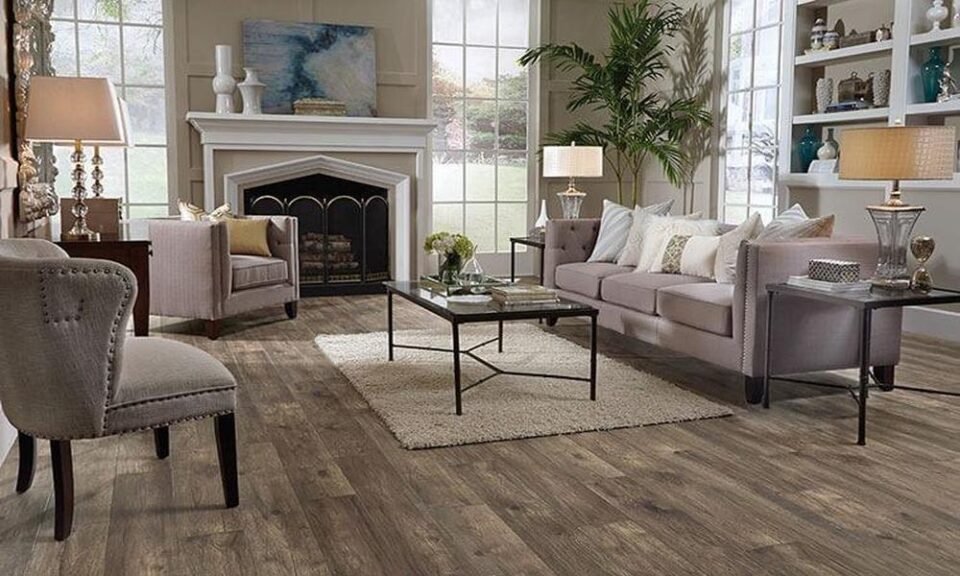Wooden flooring is a popular choice for both residential and commercial properties due to its aesthetic appeal and durability. It is available in various types, each with unique characteristics and benefits. In this article, we will discuss the different materials used in the making of wooden flooring.
- Solid Wood Flooring: Solid wood flooring is made entirely of real wood and is available in various species such as oak, maple, and cherry. It is typically available in either plank or strip form and is the most traditional type of wooden flooring. Solid wood flooring is durable, and it can be sanded and refinished multiple times, making it an excellent choice for high-traffic However, it can be susceptible to moisture and temperature changes and requires regular maintenance to prevent warping and cupping.
- Engineered Wood Flooring: Engineered wood flooring is made of multiple layers of wood, with a top layer of hardwood veneer. The layers are bonded together under high pressure and heat to create a stable and durable floorboard. Engineered wood flooring is more resistant to moisture and temperature changes than solid wood flooring and can be installed over various subfloors, including concrete. It is also available in a variety of species and finishes, making it a versatile option.
- Laminate Flooring: Laminate flooring is a synthetic product that mimics the look of wood flooring. It is made of multiple layers of materials, including a core layer of high-density fiberboard (HDF) and a top layer of photographic wood grain. Laminate flooring is durable and easy to install, making it a popular choice for DIY projects. It is also resistant to scratches, stains, and fading, making it a low maintenance option.
- Bamboo Flooring: Bamboo flooring is made from bamboo grass, which is harvested and processed into floorboards. It is a sustainable and eco-friendly option due to the fast growth and replenishment of bamboo. Bamboo flooring is durable and resistant to scratches and stains. It is also available in various finishes and colors, making it a versatile option.
- Cork Flooring: Cork flooring is made from the bark of cork oak trees, which is harvested and processed into floorboards. It is a renewable and eco-friendly option due to the regenerative nature of cork oak trees. Cork flooring is durable, comfortable to walk on, and can help reduce noise levels in a room. It is also resistant to moisture and temperature changes, making it an excellent option for areas with high humidity.
In conclusion, wooden flooring is available in various materials, each with unique characteristics and benefits. Solid wood flooring is a traditional and durable option but requires regular maintenance. Engineered wood flooring is more resistant to moisture and temperature changes and can be installed over various subfloors. Laminate flooring is a synthetic product that mimics the look of wood flooring and is low maintenance. Bamboo flooring is a sustainable and eco-friendly option, and cork flooring is a renewable and eco-friendly option that can help reduce noise levels. When choosing a wooden flooring material, it is essential to consider factors such as durability, maintenance, and sustainability to make an informed decision.

